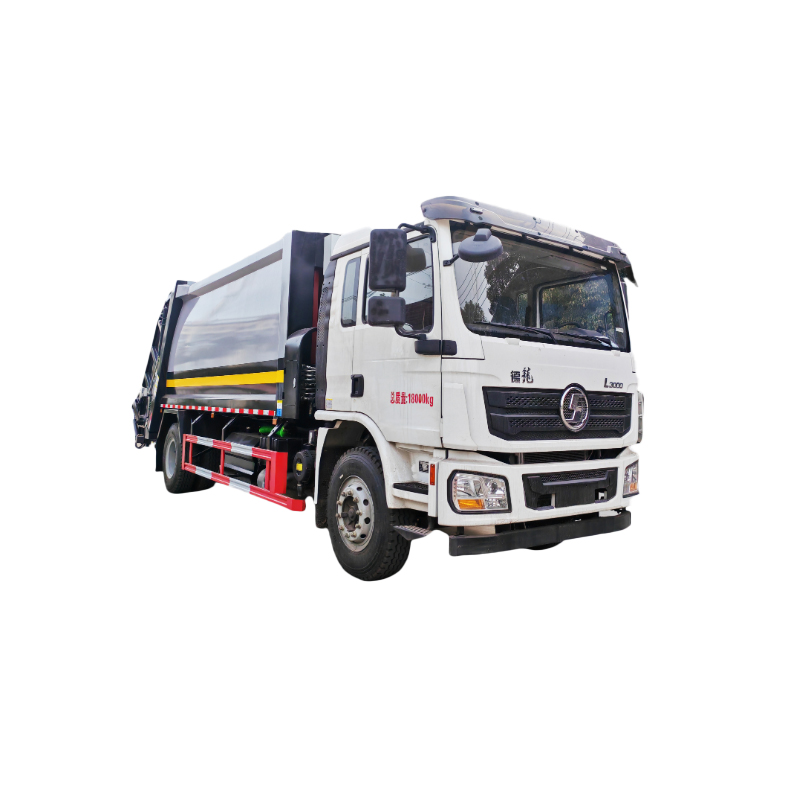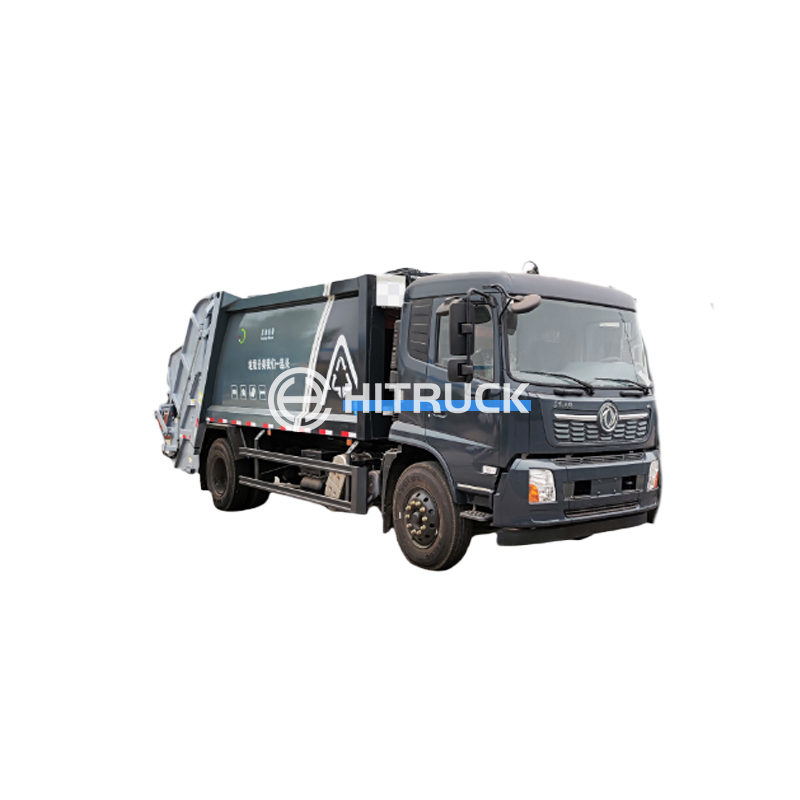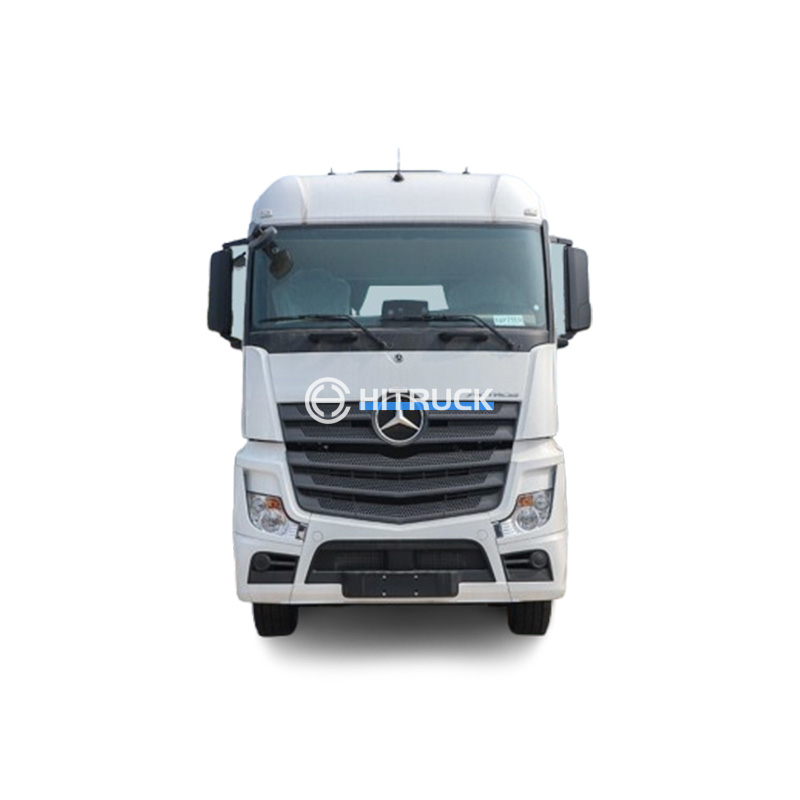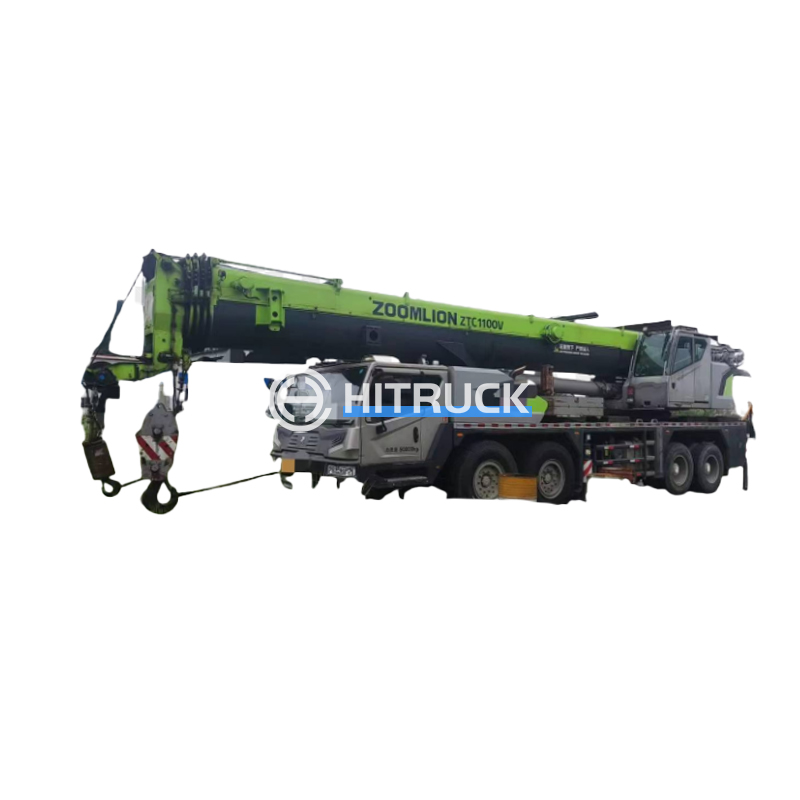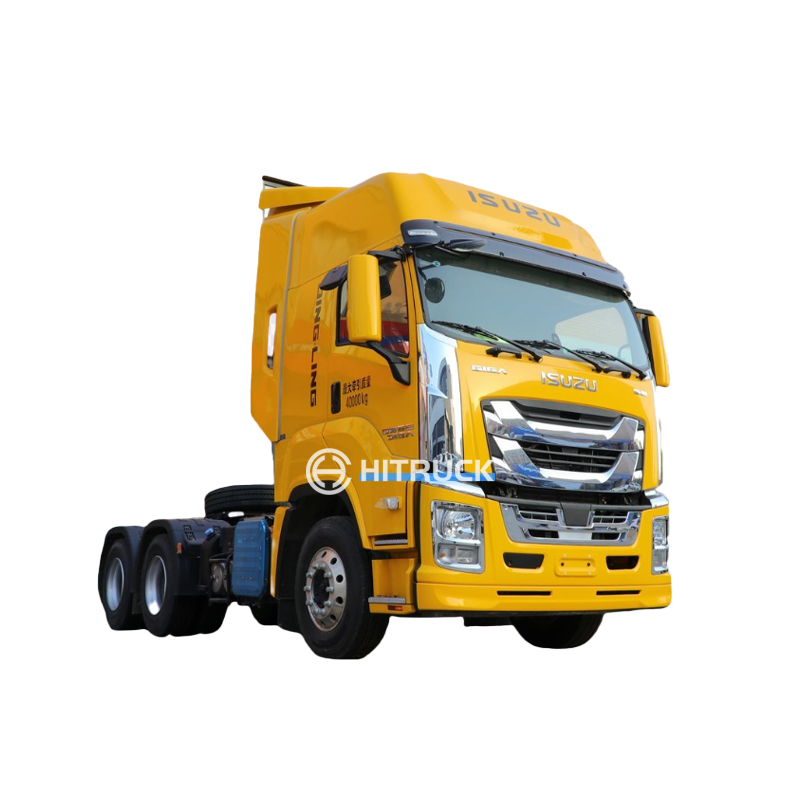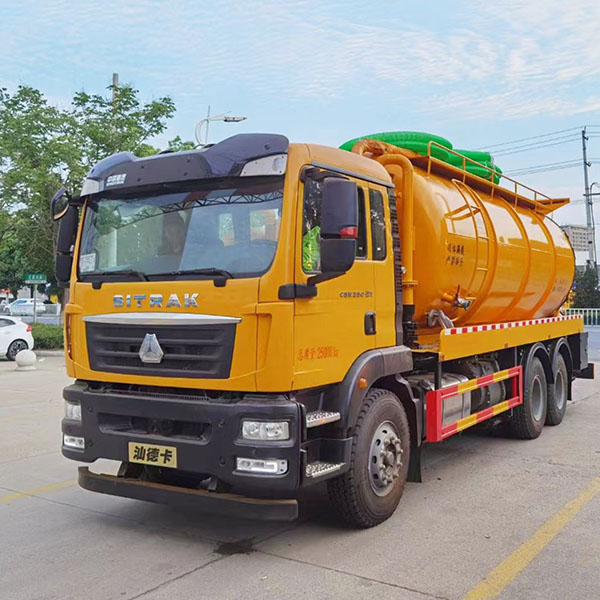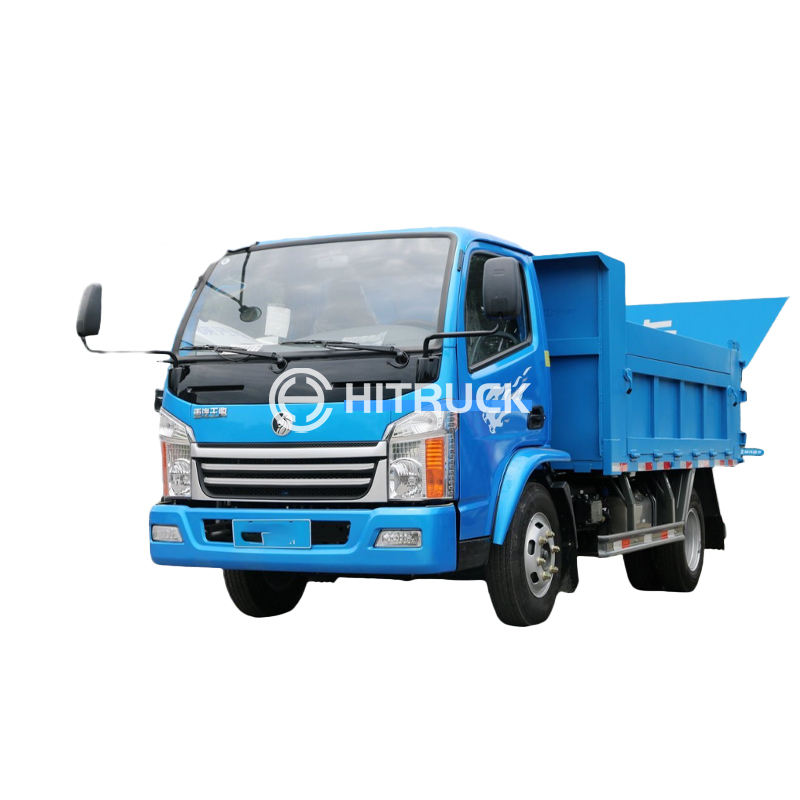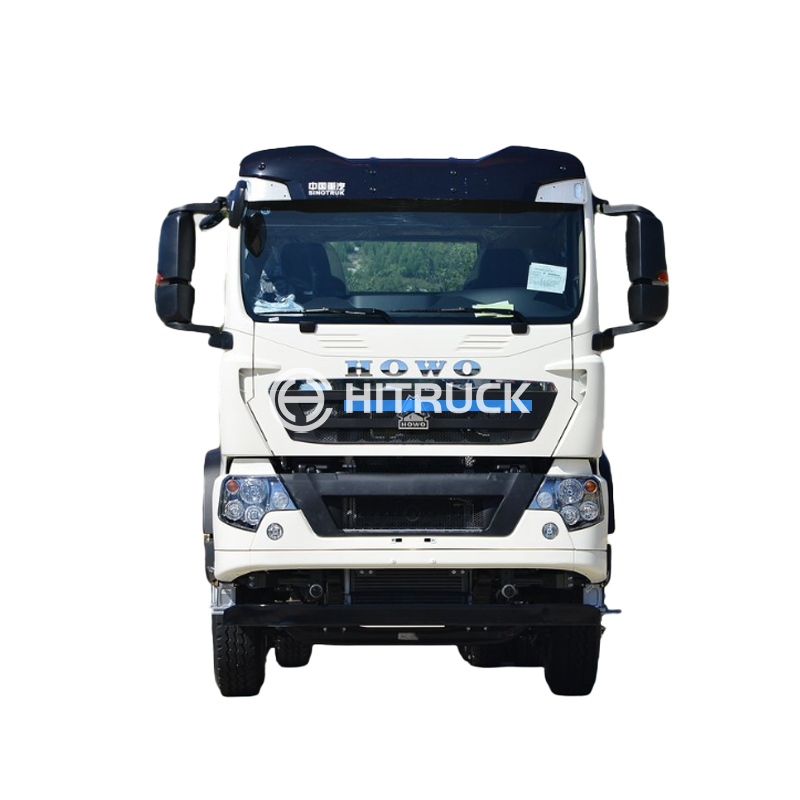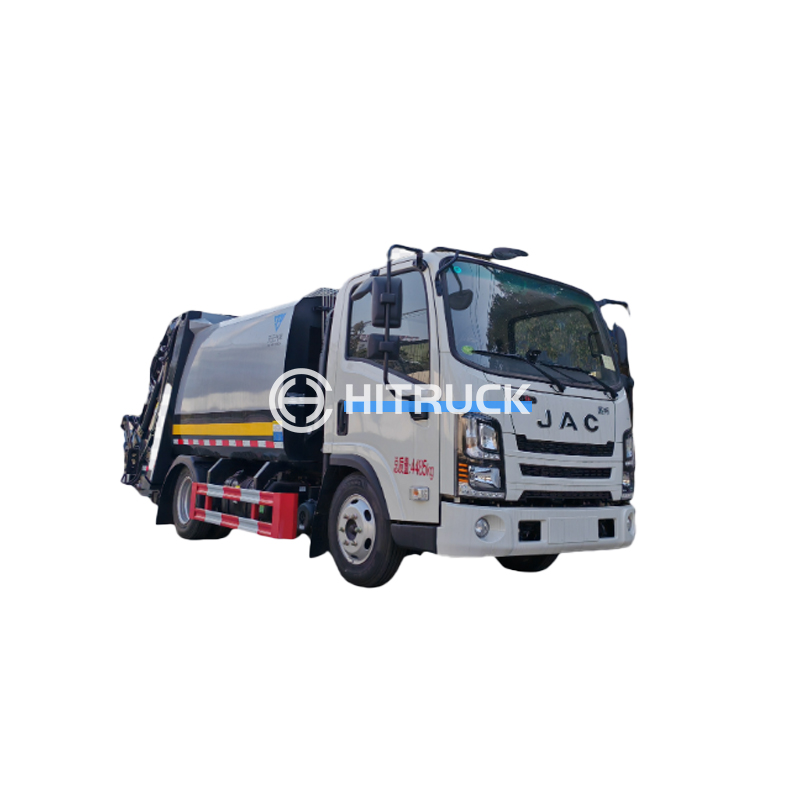This comprehensive guide explores the world of hydraulic tower cranes, covering their functionalities, applications, advantages, disadvantages, and safety considerations. We delve into the specifics of different types, maintenance, and selection criteria, providing valuable insights for those involved in construction projects and heavy lifting operations. Learn about the crucial role these cranes play in modern construction and how to choose the right one for your needs.
A hydraulic tower crane is a type of construction crane that uses hydraulic power to lift and move heavy materials. Unlike other types of tower cranes that rely on electric motors, these cranes utilize hydraulic cylinders and pumps to control their movements. This design offers several advantages, including smoother operation, increased precision, and often a more compact footprint.
Hydraulic tower cranes come in various configurations designed for different applications. These variations typically relate to their capacity, reach, and overall height. Some common types include:
These cranes are designed for easy assembly and disassembly, often utilized on smaller construction sites where space and time are critical factors. Their compact nature makes them highly transportable.
This design features a slewing mechanism located at the top of the crane, allowing for 360-degree rotation. They are typically larger and can handle heavier loads compared to self-erecting models.
Characterized by a flat top, these cranes provide a larger and more stable working platform compared to other designs. This makes them suitable for complex construction tasks requiring increased precision and load capacity.
Hydraulic tower cranes offer several advantages over their electric counterparts:
While offering several benefits, there are also some drawbacks to consider:
Selecting the appropriate hydraulic tower crane for a project requires careful consideration of several factors:
Safety is paramount when operating hydraulic tower cranes. Regular inspections, operator training, and adherence to strict safety regulations are essential to prevent accidents. Proper maintenance and the use of safety devices are crucial components of safe operation.
Regular maintenance and servicing are vital for ensuring the longevity and safe operation of your hydraulic tower crane. This typically involves checking hydraulic fluid levels, inspecting for leaks, and lubricating moving parts. Consult the manufacturer's recommendations for a detailed maintenance schedule.
Hydraulic tower cranes are indispensable tools in modern construction, offering significant advantages in many applications. Understanding their various types, functionalities, and safety considerations is crucial for anyone involved in heavy lifting operations. By carefully considering the factors discussed in this guide, you can ensure the selection and operation of a suitable hydraulic tower crane for your specific project needs.
| Crane Type | Lifting Capacity (typical) | Reach (typical) |
|---|---|---|
| Self-Erecting | 5-10 tons | 20-30 meters |
| Top-Slewing | 10-20 tons | 40-60 meters |
| Flat-Top | 20-50 tons | 60-80 meters |
Note: The capacities and reach values presented in the table are typical examples and can vary significantly depending on the specific model and manufacturer. Always refer to the manufacturer's specifications for accurate data.
For more information on heavy-duty machinery and equipment, consider exploring Suizhou Haicang Automobile sales Co., LTD.

